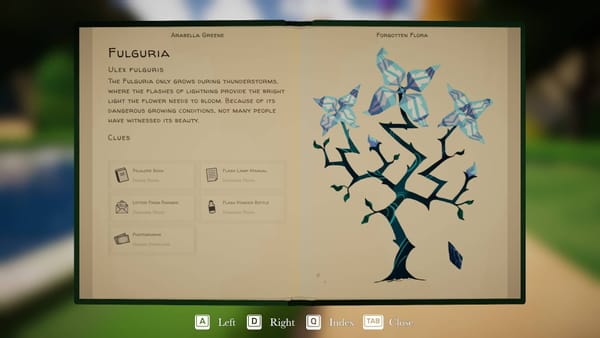How To Get Chitin In Ark Survival Ascended

In the vast and unforgiving world of Ark: Survival Evolved, survival is predicated not just on your wit and will to live but also on your ability to gather essential resources. One such indispensable resource is Chitin. Chitin serves multiple vital functions, from crafting strong armor to powerful tools, making it a necessity for any survivor looking to ascend in this dinosaur-infested land. This guide delves into where to find Chitin, the most efficient ways to harvest it, and some tips for making the most out of your Chitin farming endeavors.
Chitin is primarily obtained from the exoskeletons of various arthropods and insects scattered across the Ark. Creatures such as scorpions (Pulmonoscorpius), spiders (Araneo), trilobites, mantises, and centipedes (Arthropluera) are prime sources. Additionally, harvesting corpses of creatures like the dung beetle and the giant bee can yield Chitin. Each creature drops a different amount of Chitin, and learning which ones are the most efficient to hunt can significantly boost your resource gathering.
To maximize your Chitin acquisition, it's crucial to use the right tools and creatures. While basic tools like the hatchet can harvest Chitin, survivors will see significantly better yields with specialized creatures. The Sabertooth is often touted as one of the most efficient Chitin gatherers, thanks to its increased harvesting rates for Chitin-bearing creatures. The direwolf, while similar to the Sabertooth in many respects, offers an alternative for those who might find taming a Sabertooth too challenging early on.
An often overlooked creature for Chitin harvesting is the Megatherium. This giant sloth benefits from its "Bug Killer" ability, which significantly increases its damage output and harvesting efficiency against insect-type creatures. After killing an insect, the Megatherium enters a frenzied state, where its gathering rates for Chitin substantially increase, making it ideal for farming areas densely populated with insects.
Beyond selecting the right dinosaur for the job, understanding where to farm is equally important. The Island map, for example, hosts the Central Cave near the volcano, which is rich with spiders and scorpions. For those braving the Scorched Earth expansion, the desert's sand dunes are teeming with mantises and jug bugs, both excellent sources of Chitin. On Aberration, the bioluminescent forests and the Element Region are crawling with Arthropluera and other chitin-bearing creatures.
Farming techniques vary depending on your chosen location and resources at hand. Solo players might opt for a hit-and-run approach using a fast mount like a Raptor or a Direwolf to quickly kill and harvest. Tribes or groups can tackle larger caves filled with dangerous creatures, using numbers to their advantage and thus securing larger amounts of Chitin in a single expedition.
One innovative approach to consider is creating a taming pen specifically designed to trap creatures like Trilobites or Mantis for easy farming. This method provides a safer alternative to hunting in dangerous areas and can be set up near your base for convenient access.
While on your quest for Chitin, be mindful of the environmental challenges each map presents. Weather, aggressive creature spawns, and terrain can turn a harvesting run into a fight for survival. Preparing accordingly with sufficient weapons, mounts, and possibly even backup from fellow survivors can turn these challenges into mere hiccups on your resource-gathering journey.
In conclusion, mastering the art of Chitin farming is a rite of passage in Ark: Survival Evolved. By familiarizing yourself with the habitats of Chitin-bearing creatures, choosing the right tools and tames for harvesting, and strategizing your gathering runs according to environmental dangers, you'll find that accumulating this valuable resource becomes significantly easier. Remember, patience and preparation are key - with them, you'll soon have enough Chitin to craft the gear and items necessary to ascend in Ark's brutal worldieties.



